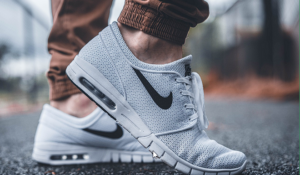In recent decades, the world has witnessed a remarkable transformation in the perception of sneakers, which transcended their utilitarian origins to become a symbol of cultural expression and fashion-forward identity. This shift has given rise to what is now commonly known as sneaker culture.
Initially designed for athletic purposes, the introduction of signature shoe lines from brands like Adidas and Converse in the mid-20th century marked the beginning of sneakers as more than just functional footwear. Over time, the sneaker phenomenon extended its reach beyond sports, finding its place in hip-hop and popular culture. Once considered inappropriate in formal or professional environments, sneakers eventually began to break free from the confines of the gym and the street and found its way into offices and boardrooms.
According to estimates from Statista Market Insights, sneakers – excluding purely functional athletic footwear – are now a $75-billion market, which is expected to grow to nearly $100 billion in annual sales by 2028. With an estimated market share of 18 percent, Nike is the clear number one in the global sneaker landscape. That figure underestimates Nike’s dominance in the game, however, as both the second-placed Jordan brand and Converse in seventh place are also owned by the Beaverton, Oregon-based sportswear giant.
You will find more infographics at Statista
Ask me anything
Explore related questions






